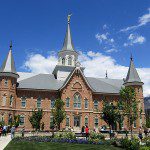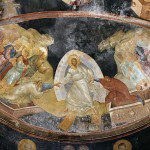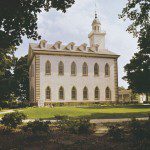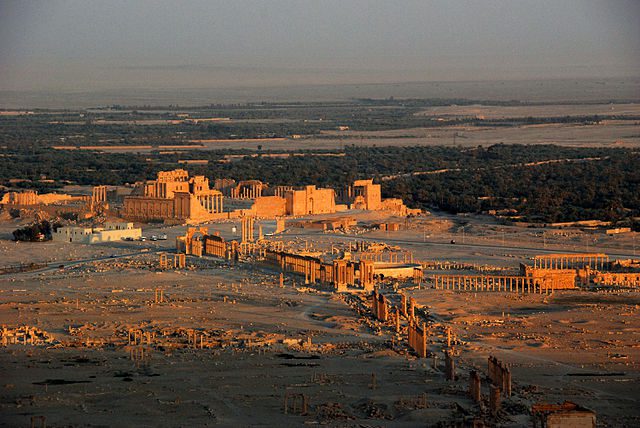
Scott Gordon sent me a link yesterday to the video of a talk that I gave nearly a quarter of a century ago: “The Divine Source of the Book of Mormon in the Face of Alternative Theories Advocated by LDS Critics,” presented by Daniel C. Peterson at the 2001 FAIR Conference
Scott’s discovery is reminiscent of the archaeological retrieval of an ancient ruin or the uncovering of a long-lost time capsule: To put the antiquity of these remarks into comparative perspective by means of the geological theory of plate tectonics: The Pacific Plate was located approximately eight feet to the southeast of its current position when I delivered the talk that, like a prehistoric bug preserved in amber, is preserved in this 2001 video.
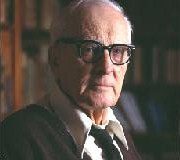
(b. 27 March 1910; d. 24 February 2005)
Wikimedia Commons public domain image
Another interesting article has appeared on the website of the Interpreter Foundation: Hugh Nibley Observed: “Hugh Nibley and the Bible: “Look! And I Looked,”” written by the late Ann N. Madsen
“In his lecture in this series, Alex Nibley confided that he resigned from family home evening because of the strangers and foreigners who invaded the Nibley home on Monday evenings. Alex, as you recall, I was one of those people.”
Part of our book chapter reprint series, this article originally appeared in Hugh Nibley Observed, edited by Jeffrey M. Bradshaw, Shirley S. Ricks, and Stephen T. Whitlock. For more information, go to https://interpreterfoundation.org/books/hugh-nibley-observed/.
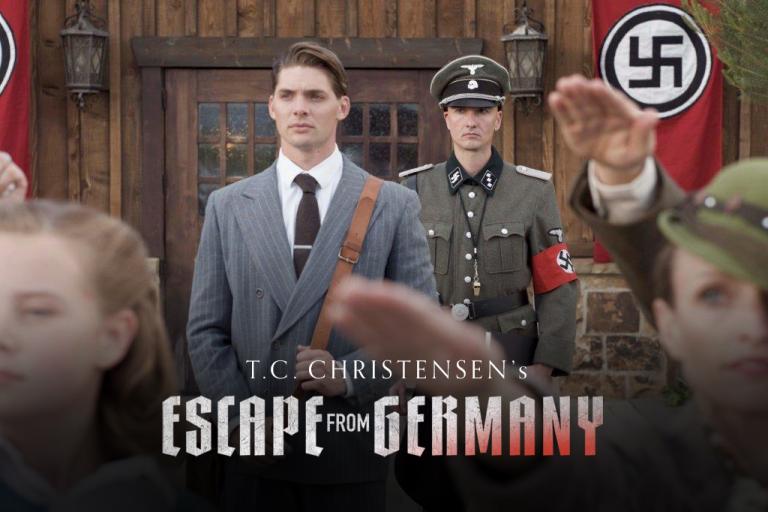
Along with a group of friends, most of them neighbors and former neighbors, we enjoyed a dinner and attended a showing on Monday night of the new T. C. Christensen film Escape from Germany, which stars Paul Wuthrich (who played Joseph Smith in Witnesses and who reprises that role — though [spoiler alert!] he doesn’t survive all the way to the movie’s end — in our forthcoming film, Six Days in August). The theater was almost completely full, and the audience seems to have really enjoyed the movie. There was applause at the end, and they stayed right on through the credits. (If anybody left before then, I didn’t see it.) And they were well rewarded for staying, because they learned what actually happened to the characters in the film, which is based on genuine history.
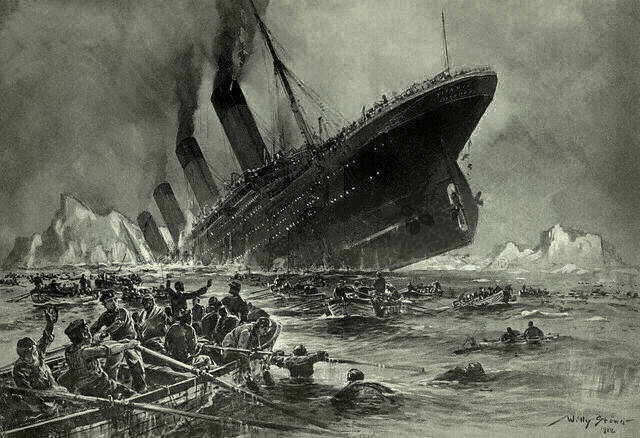
RMS Titanic sank very early on Monday morning, 15 April 1912, long before the dawn. That’s just slightly more than 112 years ago. Nobody survives today who ever saw Titanic afloat or who sought to save its passengers. On that night in particular, though, fully 1516 terrified people lost their lives in the lethally cold waters of the North Atlantic.
Among the passengers were at least three Roman Catholic priests, and I found this article about them thought-provoking: “‘Spiritual Lifeboats’ on the Titanic: The three Catholic priests on the doomed ship heroically brought comfort and absolution to its passengers until the end.”
(There have been debates about whether the shipboard orchestra really played “Nearer, My God, to Thee” in their last moments, or whether passengers sang the hymn as they faced certain death, or whether it should feature in the true history of Titanic at all. I’m inclined to think that the eyewitnesses who claimed to have heard it from their lifeboats across the water were accurate in their memory but, in any case, I can’t sing the hymn — which I’ve come to love — without thinking of 15 April 1912 and the doomed people aboard that great ship.)
The question that comes to me after reading such an article is, How would I have behaved under such circumstances? I’ve never faced combat, or an impending plane crash, or the sinking of a ship in the North Atlantic. I’ve never needed to consider joining the resistance against a murderous totalitarian regime. We all like to think that we would be brave and honorable, but it’s impossible to be certain. Courage is easy when there’s no risk.
Only once have I actually wondered whether I was going to make it. I won’t go into further detail except to say that I was trying to pull someone toward the bank of a wild river with a surprisingly strong and fast current, and with dangerous rapids not too far downstream. And I wondered, for just a moment, whether I would be able to get this person to land in time. I wondered, with (in retrospect) surprising calm, whether this might be it. I knew that I could make it alone but, for a few seconds, I had genuine doubt that I could manage with the two of us. (Then, to give the story its conclusion, the current suddenly seemed to subside, and we reached the bank of the river — opposite to the one to which I had originally been swimming, having decided that we just weren’t going to get there).
It was gratifying to me (in afterthought) that I never considered abandoning the person that I was trying to pull to shore. Not even for a split second. I just couldn’t do it. And I have to say that it wasn’t really a matter of bravery. I’m not claiming any such thing. I simply saw no real alternative. And maybe that’s how it happens for people who are facing serious risks or even almost certain death. I don’t know. I can’t really say that my own experience was comparable to theirs. But I wonder.
And I stand in awe of those who, in the face of likely or even certain death, maintain their calm and their principles. We will all die, of course, but I hope that I’m never placed in such a situation as those three priests or the many other heroes whose stories I’ve read and heard.
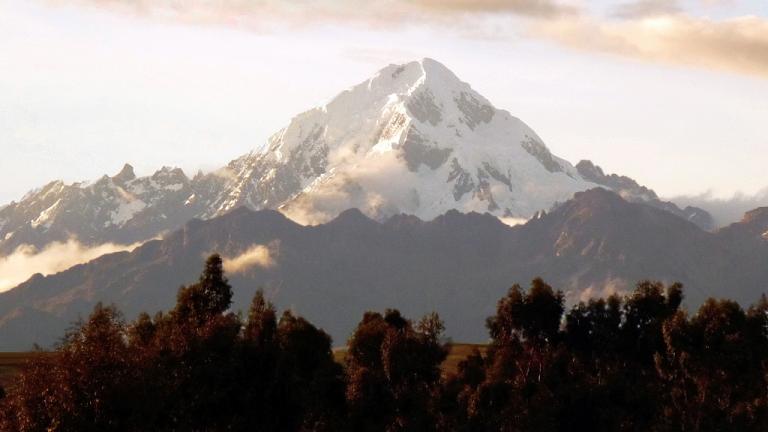
(Wikimedia Commons public domain image)
Finally, though, I share yet another atrocity that has been drawn from the Christopher Hitchens Memorial “How Religion Poisons Everything” File™. I don’t suppose that there should be anything very surprising in the fact that thinking about the Third Reich naturally reminds me of the gross evils wrought in this world by theists and theism. Here is just one of them: “UNICEF and the Church Collaborate to Help Youth in Peru: Some 8,000 children and infants receive care; more than 20,000 students gain access to water and hygiene services” The sheer horror of it simply boggles the mind.




